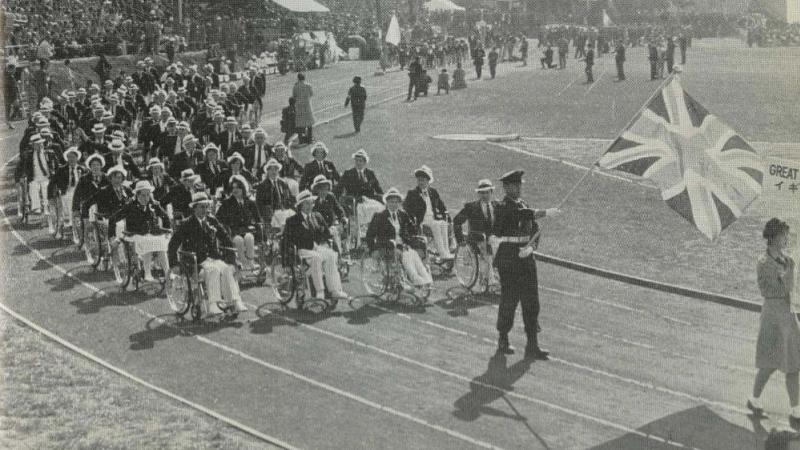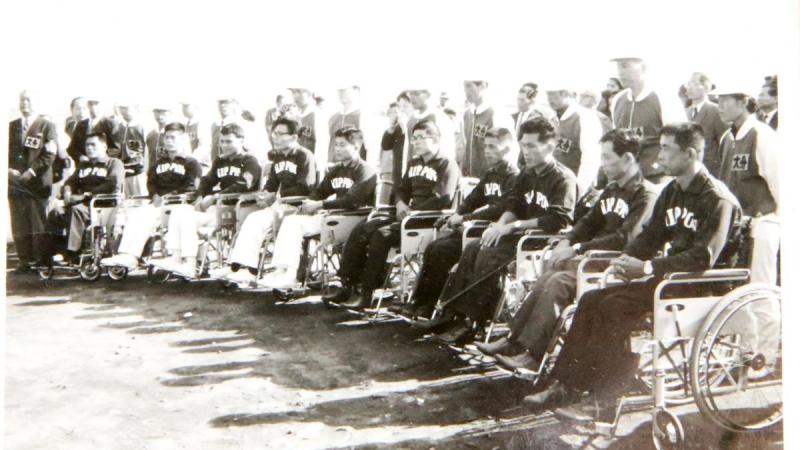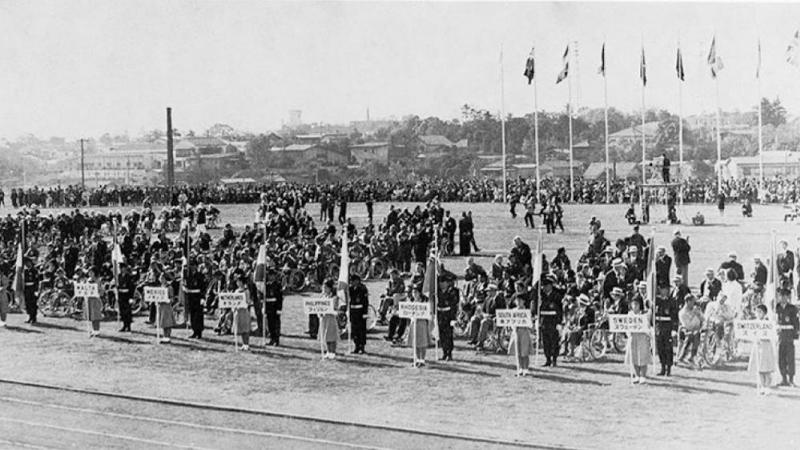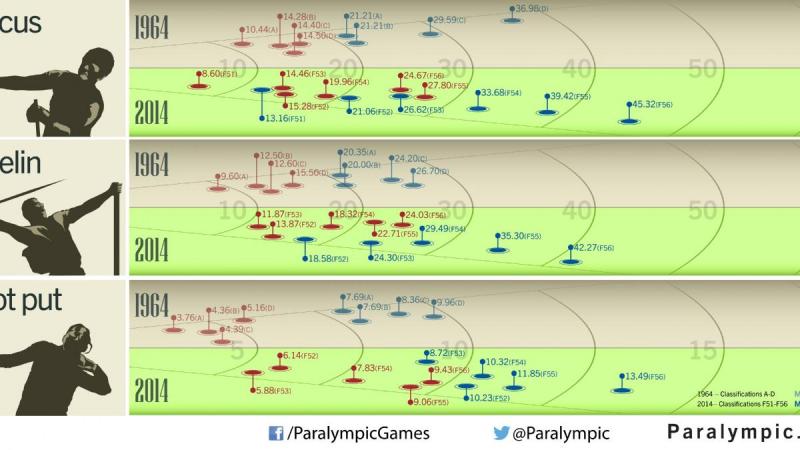1964-2012 Games growth and evolution
Find out how each summer Paralympics since 1964 has contributed to the growth of what is now the world’s third largest sporting event. 11 Nov 2014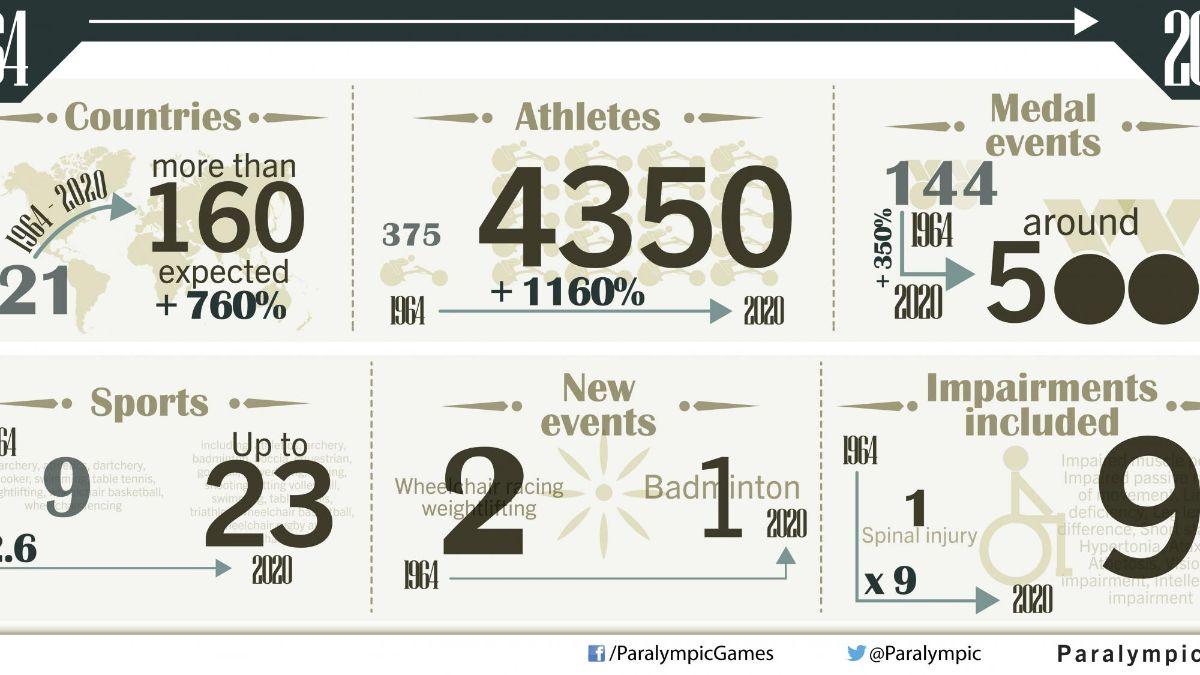
Each Games has made its own special contribution to growing the Paralympics, through welcoming new sports and countries, broadcasting, record ticket sales or utilising new channels to spread the word about the inspirational performances on display.
In the 50 years since the second Paralympic Games were held in Tokyo, Japan, in 1964, the Games have grown into the world’s third largest sporting event behind the Olympic Games and FIFA World Cup.
Each Games has made its own special contribution to growing the Paralympics, through welcoming new sports and countries, broadcasting, record ticket sales or utilising new channels to spread the word about the inspirational performances on display.
Athlete participation has increased 11-fold, from less than 400 in 1964 to over 4,250 at London 2012 and a projected 4,350 for Rio 2016.
The summer Paralympics now has a cumulative TV audience of 3.8 billion people and has become truly social, with over 1.3 million tweets mentioning ‘Paralympic’ during London 2012 alone.
Sports and participation
A key development introduced at Tokyo 1964 was wheelchair racing. Men and women raced over 60m, ushering in a new era for the Games and allowing for classification systems to evolve and develop to what they are today.
In Tel Aviv in 1968, further changes to classification systems in athletics, wheelchair basketball and swimming were introduced as well as the new sports of lawn bowls, women’s wheelchair basketball and the men’s 100m wheelchair race, the latter two of which remain today.
In addition, at Toronto 1976, 187 visually impaired and 261 amputee athletes participated for the first time, whilst the 1980 edition in Arnhem saw the four major impairment groups represented by their respective international federations simultaneously in one venue.
Three sports made their debut at Athens 2004, with the Greek capital hosting judo, women’s sitting volleyball, and men’s 5-a-side football competitions. Rowing was added in 2004 and Rio 2016 will see the debut of para-canoe and para-triathlon, taking the number of sports to 22.
Participation by countries has increased at each Games. Just 21 countries travelled to Tokyo whilst 164 lined up in London.
Great Britain sent the biggest delegation to the Japanese capital with 70 athletes. Fast forward nearly 50 years and 294 team members were selected for their home Games.
Ceremonies
The Closing Ceremony of Tokyo 1964 attracted a capacity crowd of 5,000 to the National Gymnasium in the Olympic Village. In comparison, 80,000 people looked on as Coldplay, Rihanna and Jay-Z performed in the sold-out Closing Ceremony at the Olympic Stadium in 2012.
Around 25 years previously, the Seoul 1988 Paralympic Games Closing Ceremony was also a sell-out whilst Sydney 2000 took proceedings to a whole new level with superstar singer Kylie Minogue performing at the Opening Ceremony.
Media coverage and sponsorship
In Tokyo, there were concerns that the Olympics might divert interest from the Paralympic Games but in the end there was intense media coverage in Japan. It was reported that some 700 journalists reported on the event.
In the following decade, the Games were broadcast for the first time from Toronto in 1976 to 600,000 people in the Southern Ontario area and in Barcelona in 1992, the Games benefitted from daily live domestic TV coverage.
Atlanta 1996 became the first Paralympics to attract worldwide corporate sponsorships and the Paralympics were televised for the first time in the USA, to follow on from the Stoke Mandeville and New York Games in 1984 where major US television networks were present.
Then Beijing 2008 marked a watershed in TV coverage for Paralympic Games, with a record cumulative audience of 3.8 billion and an increase of 200 per cent from Athens 2004 in total broadcasting time.
London followed this with over 100 countries and territories, more than ever before, beaming TV pictures around the world.
Ticket sales
The first concrete evidence of spectator interest in Paralympic Games came in Heidelberg in 1972. Several events sold out, including the men’s wheelchair basketball gold medal game.
Sydney 2000 then broke all previous records for ticket sales, with 1.2 million sold.
This was bettered in 2008, when Beijing sold 1.82 million tickets and a further 1.62 million tickets were provided to children, education and community groups. The Opening and Closing Ceremonies were sold out, as were all swimming events and most athletics sessions.
In London, available tickets were increased from 2.5 million to 2.7 million as spectators scrambled for seats even before the traditional buying period of the Olympic Games had started. Before the Summer Olympics began, 1.4 million had been sold.

 Facebook
Facebook
 Instagram
Instagram
 Twitter
Twitter
 Youtube
Youtube
 TikTok
TikTok
 Newsletter Subscribe
Newsletter Subscribe





